Editor’s Note: CNN’s series often carry sponsorship originating from the countries and regions we profile. However, CNN retains full editorial control over all of its reports. Our sponsorship policy.
It’s a view that renders speech impossible.
We’re standing atop Matanga Parvata, or Matanga Hill, after a 30-minute climb that began in pre-dawn darkness up a barely there path laid out hundreds of years ago for worshippers.
The rising sun, diffused behind the curtain of a cloudy sky, begins to bathe the valley below with soft light, revealing a spectacular boulder-strewn landscape of formidable hills, lush vegetation and skeletons of once mighty temples and watchtowers.
The misty appearance befits this sacred land of gods, kings and ruins – India’s historic city of Hampi.
Located in the southern state of Karnataka, eight hours away from the capital city, Bangalore, Hampi – now a UNESCO World Heritage Site – was once the seat of the mighty Vijayanagara Empire.
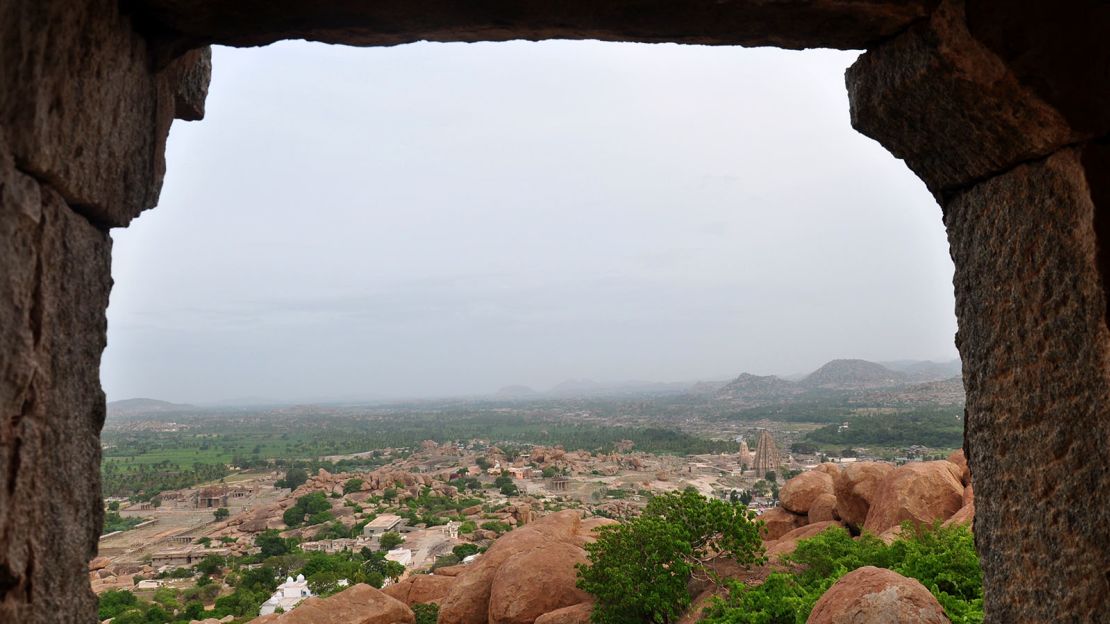
Chosen by King Harihara as his capital in 1336, Hampi grew in grandeur, wealth and power until its fall to the Deccan sultanates confederacy in 1565, after which it was razed, plundered and eventually abandoned.
But Hampi’s story is much older than that.
Indian epic’s ancient monkey kingdom
From where we stand, our guide M.D. Basava points to a spot on a distant hill just beyond the vast Tungabhadra River. It’s the Anjanadri Parvatha, he says, birthplace of the Hindu monkey deity Hanuman.
Hampi is believed to be Kishkindha, the monkey kingdom referenced in the Hindu epic Ramayana, an important piece of Hindu literature that predates the Vijayanagara Empire by centuries, and which tells of Prince Rama’s rescue of wife Sita from the demon king Ravana thousands of years ago.
It was here, too, that the goddess Pampa, daughter of Lord Brahma, so impressed Lord Shiva with her devotion to him that he married her.
“The [Tungabhadra] river was called Pampa after her, and the land became known as Pampakshetra,” says Basava, our guide and co-founder of tour operator Explore Hampi. In time, Pampa became Hampa and eventually Hampi.”
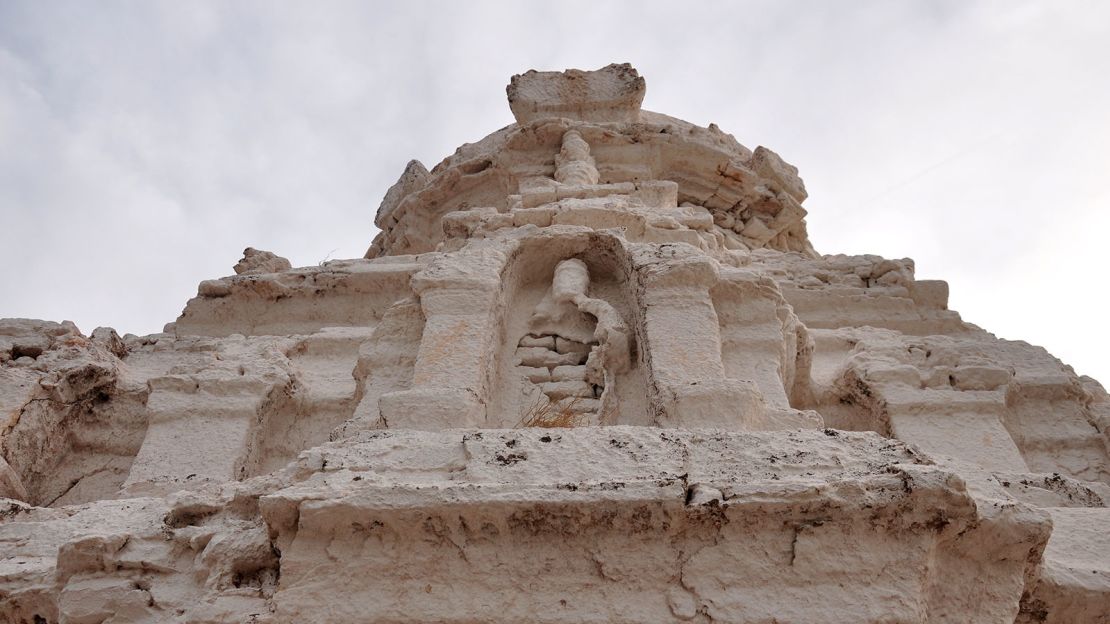
Hampi today
There’s a sense that time trickles slower here.
Hampi’s villagers, who live in the shadow of what was once one of the greatest Hindu kingdoms in the Indian subcontinent, now rely on farming of cash crops like sugarcane and banana, as well as tourism, to get by.
And while Hampi’s growing popularity among pilgrims and local and international travelers ensures it has all the trappings of modern tourism – lodgings ranging from backpacker huts to resorts, restaurants serving veggie burgers and pizzas, and shops full of tie-dyed tees – it exists with one foot planted firmly in the past.
What truly draws you in is the sheer magnitude and expanse of it all. Both impressive and tragic, massive centuries-old relics and ruins are everywhere.
Many were made from the same boulders and granite monoliths that surround them. Most of whatever paint that once decorated them has long been stripped away by fire and time, so they appear almost as part of the landscape, as though not chiseled by hands, but shaped by nature herself.
A destination worth the journey
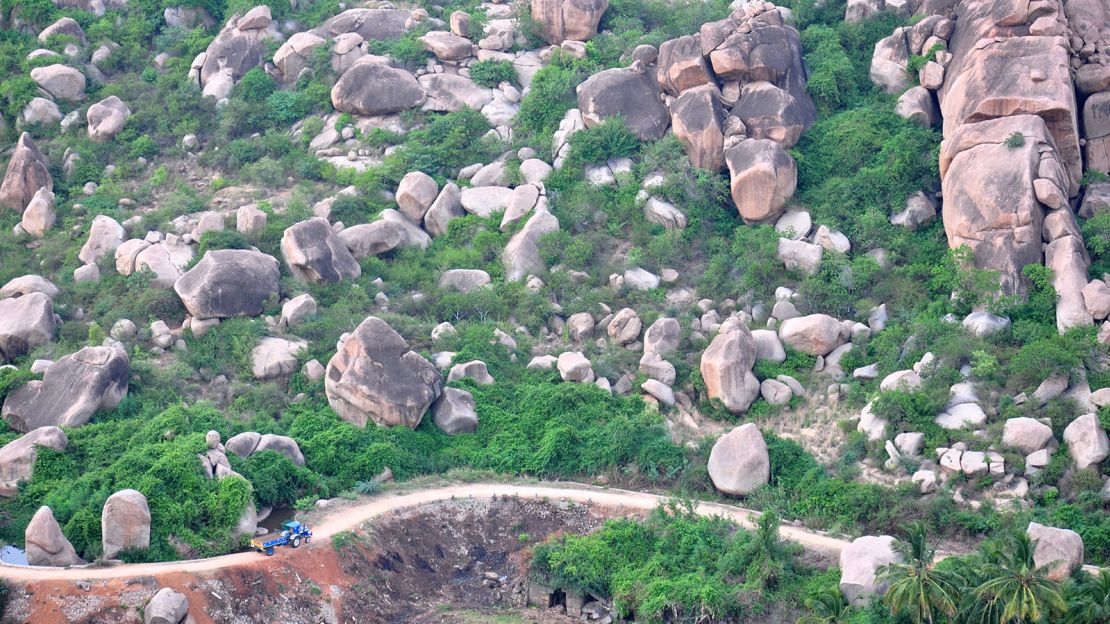
Getting to Hampi isn’t so straightforward.
The closest train station is in the town of Hospet (Hosapete), half an hour away. Alternately, you can take the bus or drive from Bangalore, a ride that cuts through vineyards, farmlands and beautiful country scenery.
Once you do get here, be prepared to walk. A lot.
To date, more than 1,600 monuments have been identified throughout Hampi and neighboring Anegundi in the form of statues, carvings, forts, temples, shrines, mandapas (pillared halls), royal enclosures, baths and gateways. There’s even an elephant stable.
The monuments have been categorized as belonging to two main sections: The Sacred Center and the Royal Center.
Dispersed along the banks of the Tungabhadra, the Sacred Center is comprised of some of Hampi’s most iconic sites such as the impressive Vittala Temple ruins, which feature musical stone pillars, a giant stone chariot, sculptures, Dravidian-style architecture and the almost kilometer-long ancient marketplace outside.
Other highlights include the Achyutaraya Temple ruins: Shrines on Hemakuta Hill; the statue of elephant-headed deity Sasivekalu Ganesha; Hanuman Temple atop Anjanadri Hill; and the imposing 6.7-meter high statue of the Lakshmi Narasimha, the half man (nara)-half lion (simha) form of Lord Vishnu.
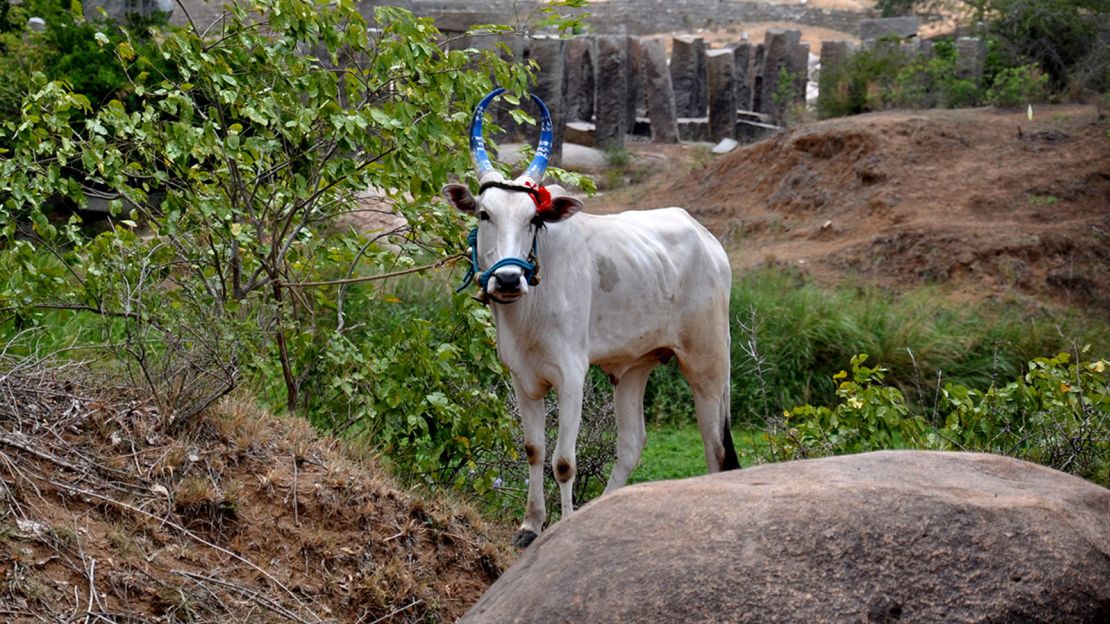
If the water level permits, you can take a coracle – a traditional round boat – across the Tungabhadra.
It’s a serene journey. In addition to local birds, the banks themselves host many carvings, mandapas and statues, some of which are submerged during the wet monsoon months.
But Hampi is also a temple town.
The Virupaksha Temple remains active, still used to worship Lord Shiva as it has for centuries. Its 50-meter-high, intricately sculpted gopuram (towered gateway) has become an easily identifiable landmark of Hampi.
At the Royal Center, if you venture onto the manicured lawns of the Zenana Enclosure, you’ll find the beautiful Lotus Mahal pavilion. The enclosure also contains the must-see-to-believe Elephant Stable. Not far away lies the Queen’s Bath, the terraced Mahanavami Dibba platform and the Stepped Tank.
With so much ground to cover, we recommend staying for a few days to ensure the majesty of Hampi is not lost on tired eyes and feet.
Guided tours are especially recommended as many sites are not easy to locate. More importantly, not knowing the rich history behind them will somewhat dull the luster of Hampi’s monuments.
For something a little different, adventure seekers will find Hampi isn’t just for touring. Massive boulder heaps, synonymous with the Deccan plateau upon which it stands, make it a boulderer’s Mecca.
Under a spell
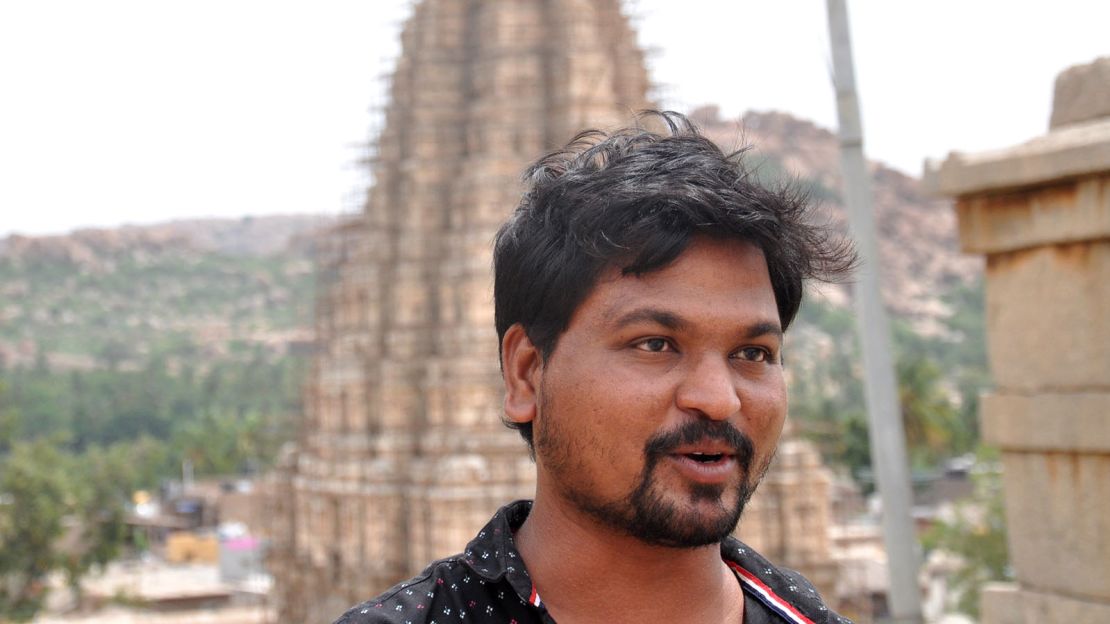
In many ways, Hampi is a reminder of India’s glorious legacy as the birthplace of the world’s oldest living religion and among the most celebrated early civilizations in the history of the world.
Up here on Matanga Hill, it’s easy to see why people like Basava, born and raised in Hampi, never want to leave – and why it’s important they don’t.
“Many of my friends have gone to get jobs in Bangalore,” he says.
“They call me to join them. But I don’t want to go. I am proud of our history and I want to show it to people, to help preserve it.”
His passion is infectious. But in truth, we had already fallen under its spell the moment the first ray of light hit the valley before us.
Hampi may have traded an opulent and glorious past for a wild, nostalgic beauty, but it’s far from diminished.
Correction: In a previous version of the article, an inaccurate map of India was used. The map has since been removed.
Darshini Kandasamy is a Malaysian award-winning journalist and editor based in Hong Kong. She is also a chef and food blogger. You can follow her on Twitter (@darshkanda), on Instagram (@darshkanda) and her website.
























